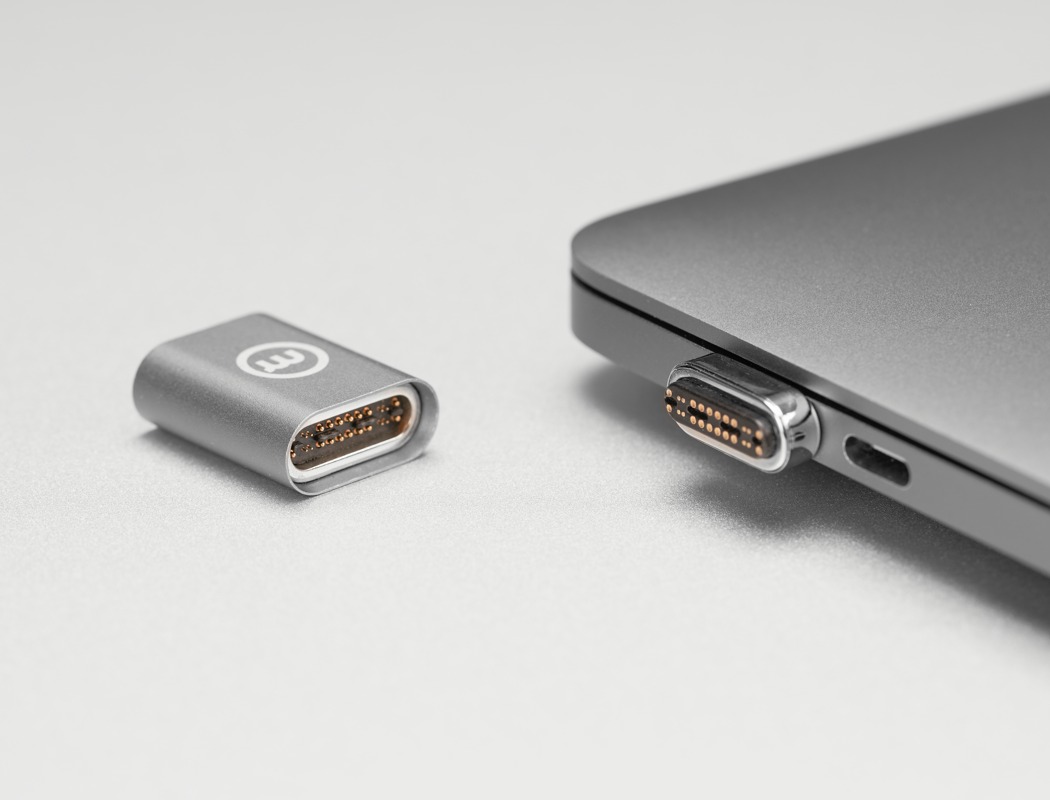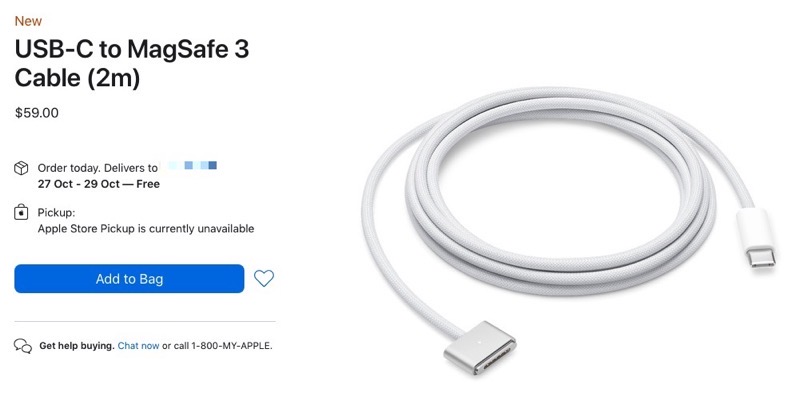

If you’d like to avoid needing to remove your case every time you charge your iPhone, consider purchasing a MagSafe iPhone Case. However, not all iPhone cases are MagSafe cases. If you have an iPhone 12 or newer, you might think that the MagSafe charger should automatically work with or without a case. Try taking your iPhone out of its case, then place it directly on your MagSafe charger. If you use your iPhone case to store things like credit cards, this step is especially important, as certain magnetic materials can damage the MagSafe pad. Whether your iPhone has MagSafe or not, your protective case could be the reason your iPhone won’t charge. Some iPhone cases are so thick they prevent wireless charging. Make sure to keep the MagSafe charger facing up, as it won’t work upside down. For any earlier iPhone model, you’ll need to line up these devices manually. If you have an iPhone 12 or 13, it should snap into place. Once your MagSafe charger is safely plugged in, place your iPhone directly on the center of the MagSafe pad. Finally, plug the adapter into an outlet or power strip. Then, plug your MagSafe charger’s USB-C power cable into an adapter. Before you plug your MagSafe charger in, make sure you disconnect your iPhone from the charger. MagSafe chargers are not completely wireless, since you still need to connect them to power.

Plug Your MagSafe Charger Into A Power Source The following steps will show you how to determine whether your iPhone or your MagSafe charger is causing the problem, as well as how to fix it for good. If you have the correct adapter, and you’re sure your iPhone is compatible with the MagSafe charger, it’s time to start troubleshooting. If you have an 8th Generation iPad or 4th Generation iPad Air, you can also use the power adapter that came in their box to power your MagSafe charger. However, any USB-C adapter with power of at least 12W will work with the MagSafe charger, though charging may take longer.

Apple recommends using a 20W USB-C power adapter for your MagSafe charger. The reason for this is because an iPhone adapter is not powerful enough.

However, even if you purchase a USB-A to USB-C adapter, the MagSafe charger still won’t charge your iPhone. The first is that the MagSafe charger’s cable requires a USB-C port, and the standard iPhone charging brick is USB-A. There are a few reasons this is the case. Unfortunately, not all USB power adapters are compatible with the MagSafe charger either.Ī standard iPhone power adapter will not work with the MagSafe charger. Can I Use An iPhone’s Power Adapter With My MagSafe Charger?Īpple’s MagSafe charger does not come with a power adapter in the box. Additionally, MagSafe chargers do not work on the iPhone 7 or earlier. It’s worth noting that if you try to charge an earlier iPhone model with a MagSafe charger, it might charge slower than if you charged it with a Lightning cable instead.


 0 kommentar(er)
0 kommentar(er)
